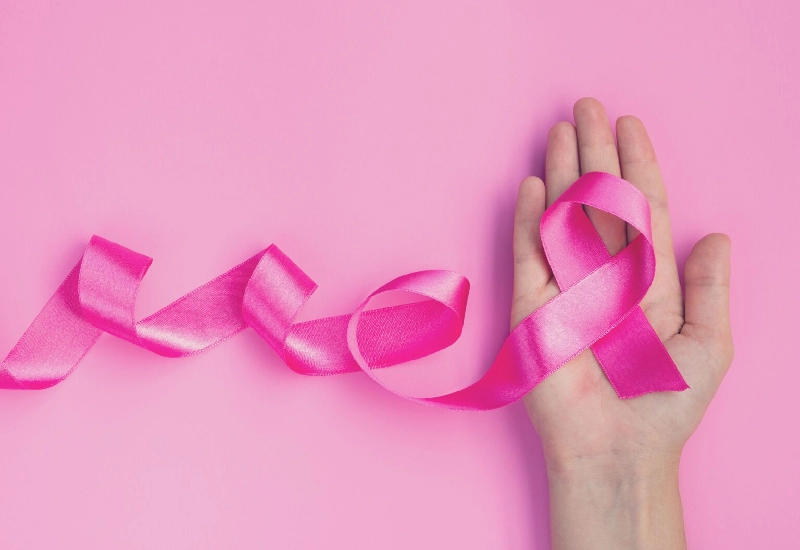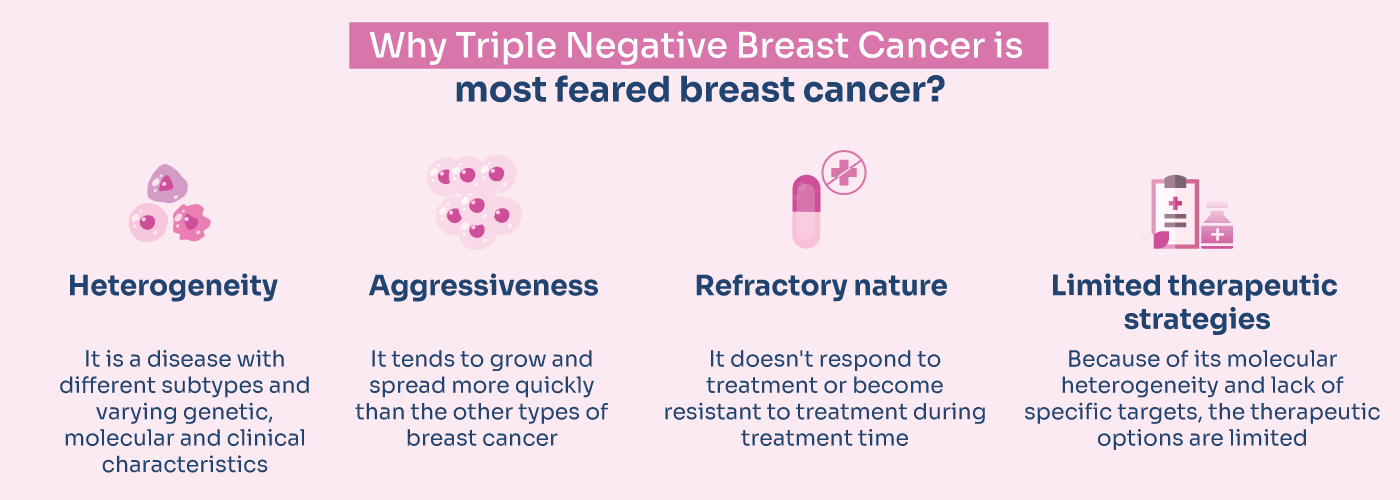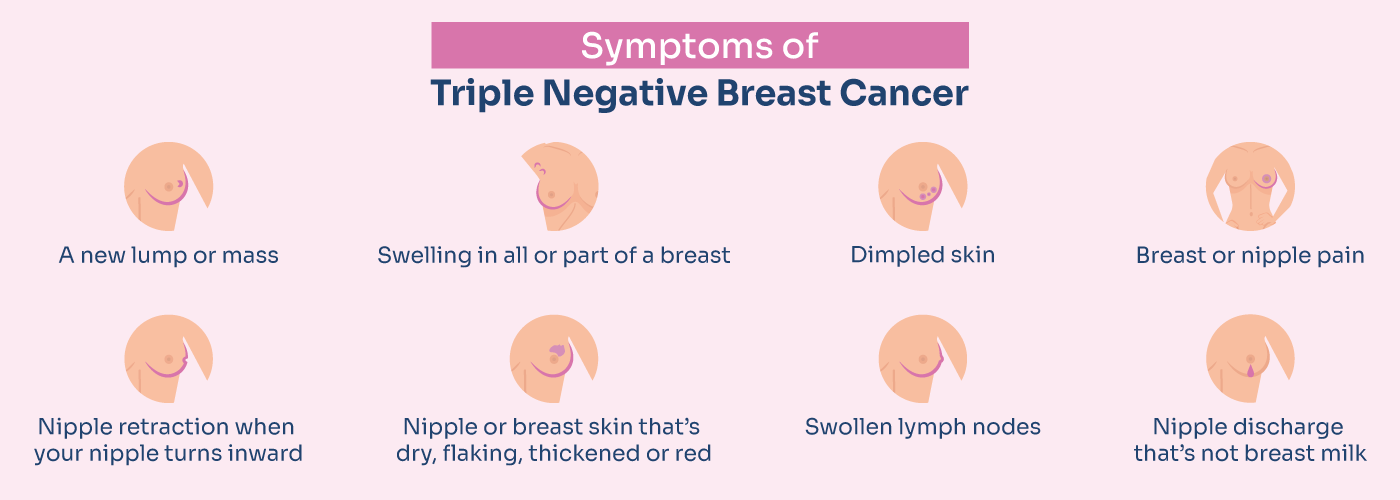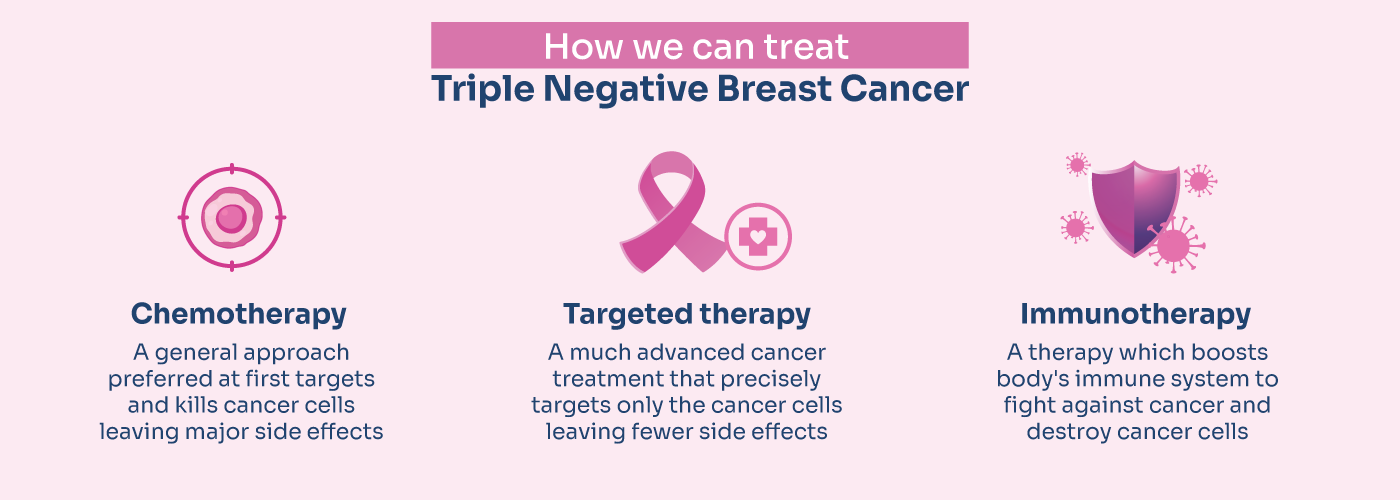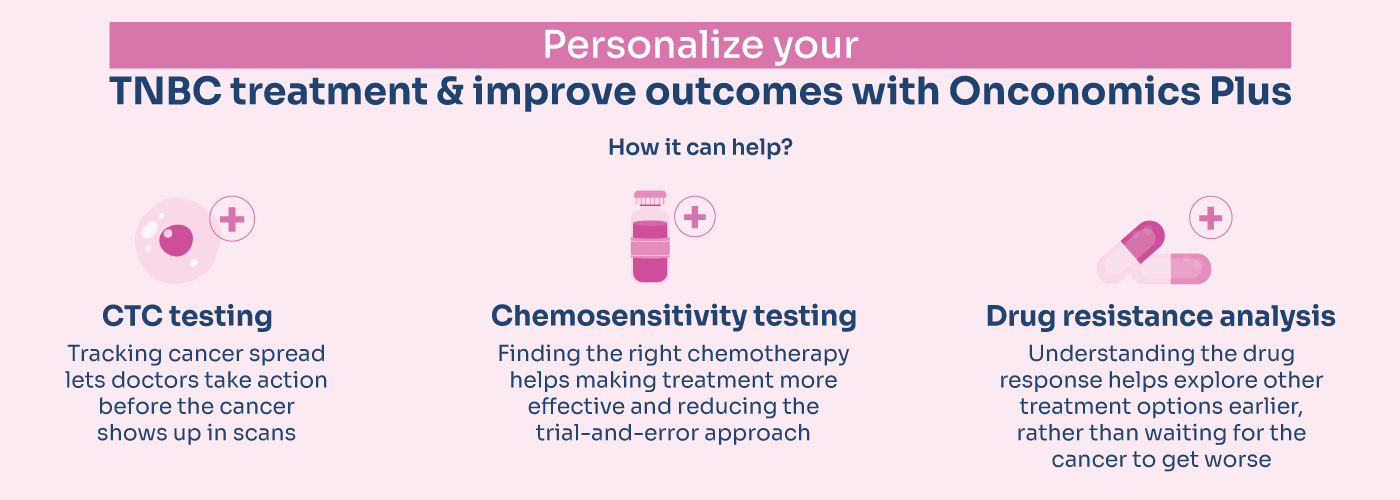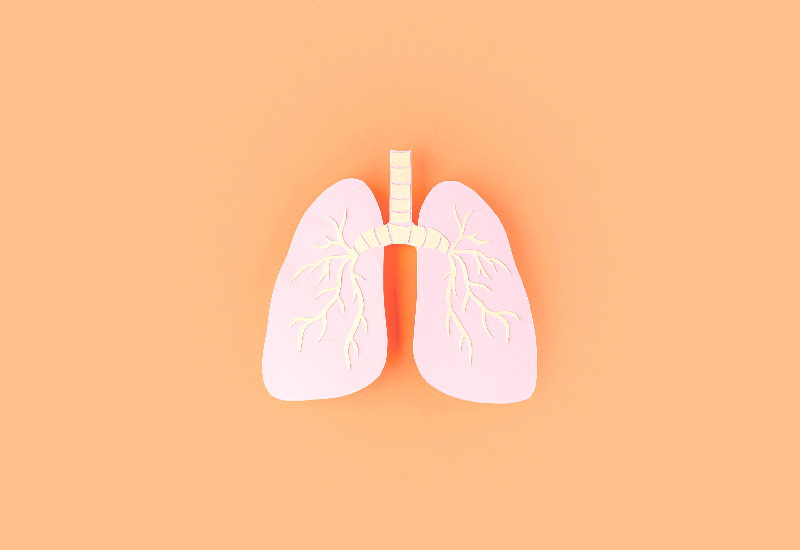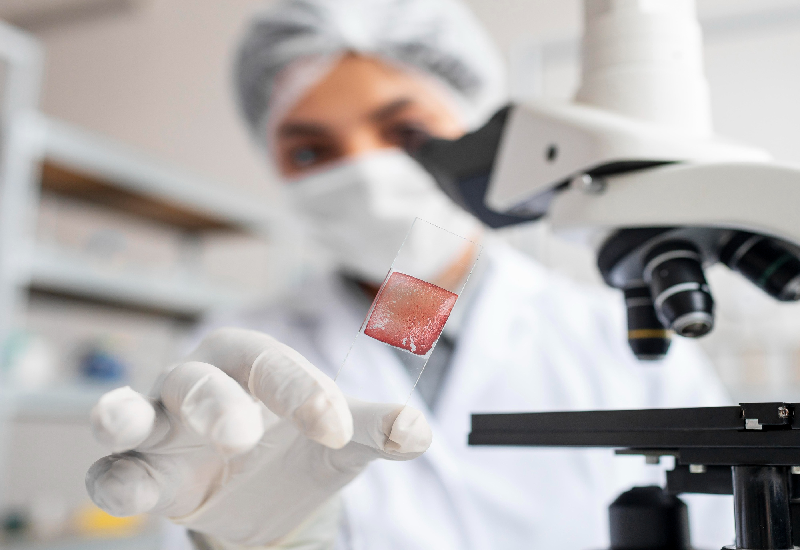What is Triple Negative Breast Cancer?
Triple Negative Breast Cancer refers to breast cancer that doesn’t have any of the three receptors usually found on the surface of breast cancer cells: estrogen receptors, progesterone receptors, and HER2. As a result, these breast cancers do not respond to treatments targeting these receptors. (1)
It accounts for 10-15% of all breast cancers, but some studies say it may be as common as 20%. (2)
South Asian women are more likely to be diagnosed with TNBC compared to other Asian women. They are 30% more likely to be diagnosed with TNBC.
Why is triple-negative breast cancer more fearful than other breast cancers?
TNBC differs due to their heterogeneity, aggressiveness, refractory nature, and limited therapeutic strategies.
What does this mean?
Triple-negative breast cancer (TNBC) is very different from patient to patient, and even within the same tumor, the cancer cells can act in different ways. This makes it harder to treat because the cancer doesn’t respond the same way to treatments across all cases. It’s also why TNBC is often more aggressive and can resist many of the usual treatments that work for other types of breast cancer. (2)
How is triple-negative breast cancer similar to other breast cancers?
TNBC may present with similar signs and symptoms to other breast cancers. Its symptoms are the same as those of other more common breast cancers.
TNBC symptoms may include a new lump or mass, swelling in all or part of a breast, dimpled skin, breast or nipple pain, nipple retraction when your nipple turns inward, nipple or breast skin that’s dry, flaking, thickened, or red, nipple discharge that’s not breast milk, and swollen lymph nodes. This symptom happens when breast cancer spreads to the lymph nodes under your arm or near your collarbone.
However, it tends to grow quickly, is more likely to have spread at the time it’s found, and is more likely to come back after treatment than other types of breast cancer. (3) A 2006 study found that TNBC grew by 1% each day! (4)
Diagnosis
Imaging is done (ultrasound, mammogram, MRI, CT scan, PET scan), and diagnosis is confirmed upon testing of tissue obtained from a biopsy. This biopsy will be negative for the three receptors.
How can we treat triple-negative breast cancer?
TNBC cancer cells do not have the estrogen or progesterone receptors or enough of the HER2 protein to make hormone therapy or targeted HER2 drugs work. Hormone therapies like selective estrogen receptor modulators (SERMs) such as Tamoxifen, selective estrogen receptor down regulators (SERDs) such as Fulvestrant, and aromatase inhibitors (AIs) like Letrozole that have been shown to significantly improve survival are not available to TNBC. (2) As such, TNBC is treated with chemotherapy, surgery, radiation, or immunotherapy. (3)
Given the complexity and limitations of choices available to treat TNBC, much research is done to look for chemotherapeutic drugs that will work.
Chemotherapy:
Chemotherapy is a general approach that targets and kills fast-growing cells, which include cancer cells. Unfortunately, it can also affect healthy cells that grow quickly, such as those in hair follicles, leading to side effects like hair loss and fatigue.
- Example: TNBC patients are often treated with a combination of drugs, including anthracyclines (like doxorubicin), taxanes (like paclitaxel), and platinum-based drugs (like carboplatin or cisplatin).
Immunotherapy and targeted treatments have developed thanks to a better understanding of both the environment around the tumor and the signals that control how the tumor grows.
Targeted therapy:
Targeted therapy is a cancer treatment that focuses on attacking specific parts of cancer cells that help them grow. Unlike traditional chemotherapy, which kills all fast-growing cells (both cancerous and healthy), targeted therapy only goes after the cancer’s „weak spots,“ causing fewer side effects.
- How it works: It blocks the signals or proteins that cancer cells need to grow.
- Example
|
Molecular characteristics/ targeted oncogene on TNBC |
Predicted drug group |
Examples of drugs of choice |
|
BRCA 1 or 2 mutation |
PARP inhibitors (Targeted therapy) |
Olaparib, Talazoparib |
|
EGFR (Epidermal Growth Factor Receptor) |
Growth factor (EGFR) inhibitors or tyrosine kinase inhibitors (Targeted therapy) |
Lapatinib, Geftinib and Cetuximab |
|
PI3K/AKT/mTOR |
mTOR inhibitor (Targeted therapy) |
Rapamycin, Everolimus |
Immunotherapy:
Immunotherapy helps the body’s immune system fight cancer. The immune system naturally defends us from harmful things, but sometimes cancer cells can hide from it. Immunotherapy boosts the immune system or helps it recognize and destroy cancer cells.
- How it works: It strengthens the immune system or removes barriers that stop the immune system from attacking cancer.
- Example: A drug like Keytruda helps the immune system „see“ cancer cells more clearly and attack them.
|
Molecular characteristics/ targeted oncogene on TNBC |
Predicted drug group |
Examples of drugs of choice |
|
Immune system |
Immunotherapy PD-L1 and PD-L2 |
atezolizumab and pembrolizumab |
Challenges with targeted therapies in TNBC:
- TNBC is highly heterogeneous, meaning not all tumors express the same oncogenes or pathways. This makes it difficult to find a „one-size-fits-all“ targeted treatment.
- Tumors can develop resistance to targeted therapies over time, which is why combination therapies (targeted therapy + chemotherapy or immunotherapy) are often being investigated.
How can Onconomics Plus help?
Onconomics Plus is a blood test that functions as a liquid biopsy of cancer. It can give us two main important pieces of information:
- Tracking Cancer Spread (CTC Testing):
- CTCs are cancer cells that break off from the main tumor and travel in the bloodstream. By testing for CTCs, doctors can get real-time information about how the cancer is spreading or if it’s becoming worse.
How it helps in TNBC: Since TNBC is aggressive and can spread quickly, CTC testing can help catch cancer’s spread early. This lets doctors take action before the cancer shows up in scans.
- Finding the Right Chemotherapy (Chemosensitivity Testing):
- Chemosensitivity, in simple terms, refers to how well a cancer responds to chemotherapy. It tells us whether cancer cells are sensitive to (or can be killed by) certain chemotherapy drugs.
- Chemosensitivity testing is like a „trial run“ of chemotherapy in a lab. Doctors take a sample of a patient’s cancer cells and test them with different chemotherapy drugs to see which ones work best at killing the cancer. It helps doctors choose the most effective treatment for the patient, reducing the guesswork and increasing the chances of success.
- This means that instead of trying different treatments one by one, doctors can figure out in advance which chemotherapy drugs are likely to work well and which ones might not be as effective. This can lead to a more personalized treatment plan and possibly fewer side effects since the drugs are more targeted.
How it helps in TNBC: TNBC is usually treated with chemotherapy, but not all patients respond the same way. Chemosensitivity testing helps doctors choose the best chemotherapy for each individual patient, making treatment more effective and reducing the trial-and-error approach.
- Dealing with Drug Resistance:
- Sometimes cancer cells stop responding to chemotherapy, which makes the treatment less effective. Chemosensitivity testing can show if the cancer cells are becoming resistant to the current treatment.
How it helps in TNBC: If doctors find that a certain drug isn’t working anymore, they can switch to a different chemotherapy or explore other treatment options earlier, rather than waiting for the cancer to get worse.
Summary
- CTC testing helps doctors track if the cancer is spreading and monitor treatment effectiveness.
- Chemosensitivity testing helps doctors find the most effective chemotherapy for a specific patient and adjust if the cancer becomes resistant.
- Both tests allow for more personalized and precise treatment, giving doctors better tools to treat TNBC, which is known to be aggressive and tricky to manage.
Reference articles:
- Triple Negative Breast Cancer | Diagnosis, Treatment & More | NBCF
- Mandapati A, Lukong KE. Triple negative breast cancer: approved treatment options and their mechanisms of action. J Cancer Res Clin Oncol. 2023 Jul;149(7):3701-3719. doi: 10.1007/s00432-022-04189-6. Epub 2022 Aug 17. PMID: 35976445; PMCID: PMC10314854.
- Triple-negative Breast Cancer | Details, Diagnosis, and Signs | American Cancer Society
- Triple-Negative Breast Cancer: Symptoms and Treatment (clevelandclinic.org)


